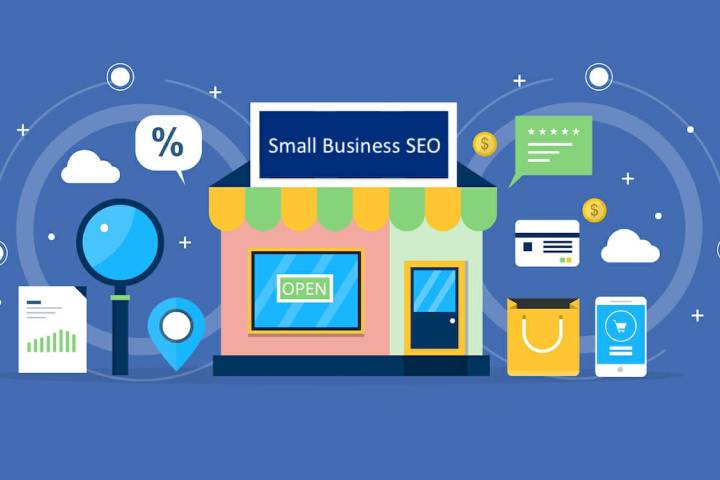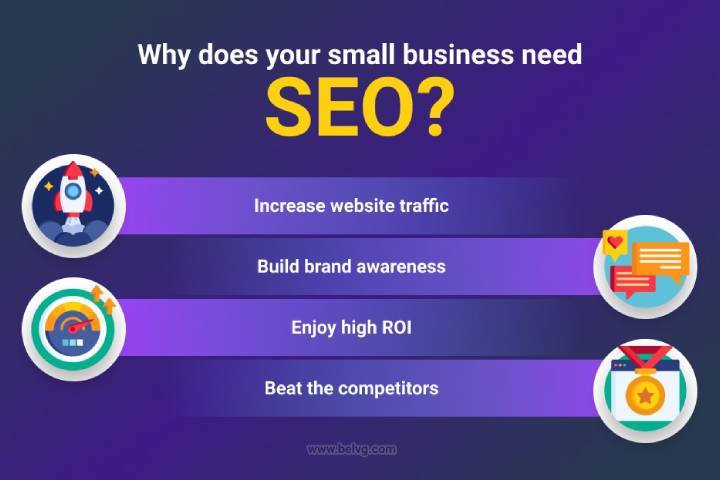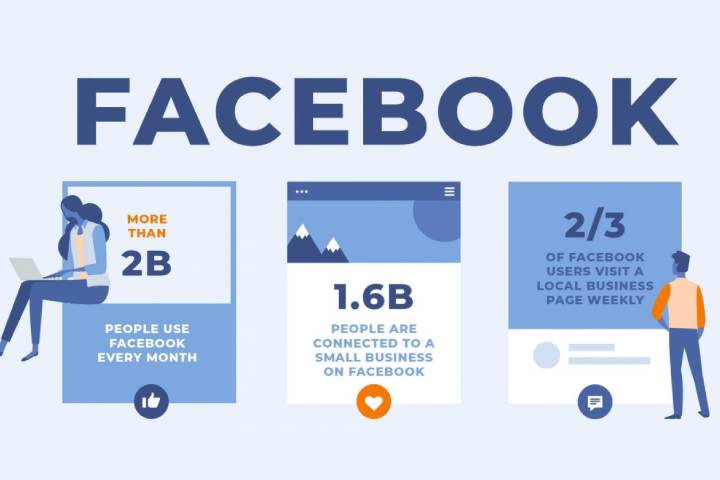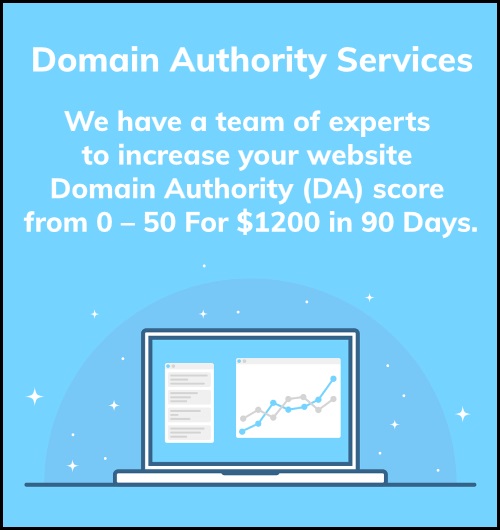Small businesses share the online world with large conglomerates, continuously battling for a piece of attention and visibility.
Big companies have entire marketing teams and budgets for advertising and hiring renowned digital agencies. Start-ups and small businesses, on the other hand, have a lot of enthusiasm, willingness to learn, and maybe budget for outsourced SEO services.
Needless to say, the forces are not evenly distributed in this battle.
However, a lower starting position is not a reason to lose hope. The Internet has enough space for all, and with the right SEO strategy, your small business will prosper and grow.
Keep in mind that SEO success doesn’t come overnight. Before seeing the first results, you might have to follow SEO practices for up to 12 months, depending on the competition. Although slow, SEO results are long-lasting and stable.
The right time to start with SEO is today, and in this article, we’ll teach you how to implement a ten-step SEO strategy for small businesses.
Let’s give it a go and start with a brief introduction to SEO!
1. What is SEO?
Search engine optimization (SEO) is the process of optimizing a website to meet Google’s ranking criteria. It functions pretty simply:

[Source: nhancedigital]
Your target audience searches the web using keywords relevant to their search intent. If you use those keywords in your website and optimize it to earn Google’s sympathies, over time, you’ll climb a ranking ladder.
Optimizing is the key. SEO can be divided into on-page, off-page, and technical optimization, and each is equally important.
- On-page SEO deals with content and optimization of webpage elements.
- Off-page SEO deals with backlinks, guest posting, social media, and other aspects that are out of the website but impact rankings.
- Technical SEO is in charge of the technical elements of the website: loading speed, audits, tracking performances, and others.
Combined, all three aspects contribute to an SEO strategy that boosts conversions.
2. How SEO Helps Small Businesses Thrive?
As a small business owner, you’re probably wondering why you should prioritize SEO before pay-per-click (PPC) ads, social media, or other marketing methods that deliver instant results.
First of all, if your budget allows, you should combine SEO with different marketing strategies – email, PPC, or social. Together, they will boost traffic and bring measurable results faster. Still, if you have to choose only one, our voice goes to SEO.
 [Source: belvg]
[Source: belvg]
PPC ads are effective and get instant results, but they incur bigger expenses and require constant monitoring and adjusting.
Social media marketing uses the same PPC principle and requires a considerable budget and frequent retargeting.
You’ll have to wait 6 to 12 months to see SEO results, but once you achieve them, they will be here to stay and bring constant traffic and revenue, with occasional slight adjustments.
Also, an important note – SEO attracts customers already looking for your products or services, typing your keywords into the search engine’s search box. All you have to do is optimize your content and website performance and reach out to your target audience.
3. 10-Step SEO Strategy for Small Businesses
Here is a ten-step SEO strategy that will exponentially grow your small business!
a. Set Your Goals
What is your business goal? Without knowing it, it’s hard to track the progress of your SEO campaign and adjust it to be more successful.
Here are some of the possible business goals for small businesses that could give you an idea of what you are after:
- Spread brand awareness
- Introduce the market with your offerings
- Get more people to subscribe to your newsletter
- Generate more leads
- Increase sales
Be precise and concrete. Without SEO goals, you’ll wander in the dark.
b. Research Keywords
Keywords help users find your business on search engine result pages (SERP). Think about words you would associate with your products or services. How would you look for them online?
Those are your keywords.
Instead of wasting time on one-word searches with huge search volumes, find long-tail keywords that consist of three or more words. Long-tail keywords will let you target a narrower audience already trying to find your offerings. This audience is ready to convert, aka purchase.
Use keyword research tools like Ahrefs Keyword Generator, Moz Keyword Explorer, or SemRush Keyword Overview.
If you’re looking for a free yet effective option, try Google Keyword Planner.
c. Create Unique Content
Once leads come to your website, you cannot let them leave without seeing what you offer. If you want to provoke your audience’s interest, the best way is with the content.
Create helpful content that provides detailed information about your products, services, business goals, company… everything you think an average customer would like to know.
Content is where you will implement keywords, but use them modestly. You might be tempted to stuff keywords everywhere possible. Don’t. You won’t trick Google into ranking your pages higher – all you can get is Google’s penalty.
Publish content to your blog (websites with blogs generate 68% more leads) regularly – at least once a week. Concentrate on quality, not quantity.
A good content strategy can position you as an expert in your niche. That prestigious title brings benefits – more organic traffic, effortless external links, better rankings, higher domain authority, and many others.
d. Optimize Important Page Elements
Use keywords not only in your content but also in:
- URLs
- Title tags
- Meta descriptions
- H1 headings
- H2s and H3s headlines
- Image descriptions and alt text
- Categories
Optimized content increases the chances that your small business will rank higher in SERP and the likelihood that customers will find it easier.
e. Interlink Your Articles
Interlinks help create a positive user experience and lower bounce rate (users quickly abandon your website). If you properly interlink relevant content, users will spend more time reading one article after another (look at step 3 and create quality content) and get more interested in your products or services.
Interlinks aren’t just important for users – they also increase your rank for particular keywords and help Google’s crawlers index all your pages.
f. Earn External Links
If you become an industry leader, you won’t have to ask for external links; other websites will link to you daily because you’ll be considered an expert on the given topic. However, becoming an expert requires a lot of time and work, and you need backlinks ASAP.
External, inbound, or simply backlinks are links that other websites direct toward yours. If a sender has a strong website with a high authority domain, he will pass link juice to you. Link juice equals authority; it signals to Google that your website is valuable and trustworthy.
The more backlinks you get, the better your website will perform.
Avoid questionable link-building practices because they can get you penalized.
g. Share Your Content on Social Media Platforms
People spend a great deal of time browsing social media feeds and following their favorite brand profiles to be up-to-date with current offerings. Also, people use social media platforms to interact with their favorite brands and to shop.
 [Source: creativeinferno]
[Source: creativeinferno]
Your customers will probably look for your brand’s page on Facebook and Instagram, the most visited social networks, so you better be there.
If your budget allows, consider enhancing your SEO strategy with social media marketing (SMM). Platforms like Facebook provide accurate demographic targeting so that you will easily reach your future customers. Important info – the Facebook ad can reach up to 2.11 billion users! That is the chance you shouldn’t miss.
h. Chech Your Website’s Loading Speed
Small or large, every business website should have a fast loading speed.
Slow loading ruins the user experience and is among the leading reasons for the high bounce rate. If your website takes too long to load, customers will go to other websites.
The optimal loading speed should be between one and two seconds.
i. Work On a Responsive Design
Almost 60% of all web searches are performed on mobile devices, and regarding food and beverage categories, that number rises to 72%. In the future, the number of mobile internet users will grow, which is why your website must be mobile-responsive.
Mobile responsiveness will improve the user experience; web design will adapt to the user’s screen size and orientation and adjust the layout on a given page.
Mobile-friendliness isn’t significant just for users; Google considers it one of its ranking factors!
j. Track Your Results
Use SEO tools, such as Google Analytics, Google Search Console, Ahrefs, or Moz (dozens of valuable tools are available), to measure SEO performance.
You’ll get valuable information on how users find your website, how long they stay on it, how many pages they go through before leaving, and more.
This information will help you adjust your SEO strategy, target different audience groups, get new content ideas, and include new keywords. You’ll meet your goals faster and more efficiently.
4. SEO Strategy for Small Business: Final Words
SEO can bring many long-lasting benefits to small businesses:
- Increased website traffic
- Greater brand awareness
- Longer dwell rate
- Lower bounce rate
- More leads
- More conversions
All you have to do is start following a carefully crafted SEO strategy that optimizes on-page, off-page, and technical aspects of your website.
If this 10-step SEO strategy looks overwhelming, consider getting outsourced SEO service help, like branding services in San Francisco by Digital Silk. An outsourced SEO agency or a freelancer will be a comprehensive solution for all your digital marketing business goals.
Tech Trends
Related posts
Leave a Reply Cancel reply
Hot Topics
Categories
- Ads (5)
- Animes (25)
- Artificial Intelligence (AI) (35)
- Augmented Reality (AR) (10)
- Automotive (9)
- Bitcoin (16)
- Blockchain (24)
- Business (244)
- Business Intelligence (3)
- Cloud Computing (23)
- Computer (128)
- Concrete Technology (1)
- Cryptocurrency (10)
- Cybersecurity (42)
- Data Science (9)
- Database (4)
- DevOps (6)
- Digital Marketing (76)
- Digital Workplace (14)
- Ecommerce (1)
- Education (28)
- Electric Vehicle (EV) (1)
- Electronics & Hardware (17)
- Entertainment (42)
- Fabrication (3)
- FAQ's (1)
- Finance & Marketing (47)
- Gadgets (35)
- Games (8)
- Gear (29)
- HTTPS (1)
- Industry (46)
- Information Technology (90)
- Internet (413)
- Internet of Things (IoT) (41)
- Job (25)
- Machine Learning (6)
- Marketing (92)
- Mobile Apps (21)
- Movies (11)
- Natural Language Processing (6)
- News & Trends (109)
- Programming (4)
- Science & Technology (235)
- Security (81)
- SEO (56)
- Services (36)
- Social Media (73)
- Software (99)
- Sports (1)
- Technology (306)
- Telecom (6)
- TikTok (5)
- Tours & Travels (9)
- Uncategorized (11)
- Virtual Reality (VR) (7)
- VoIP (4)
- Web Technology (42)
- Workforce (17)
- Workspace (6)



Stay connected